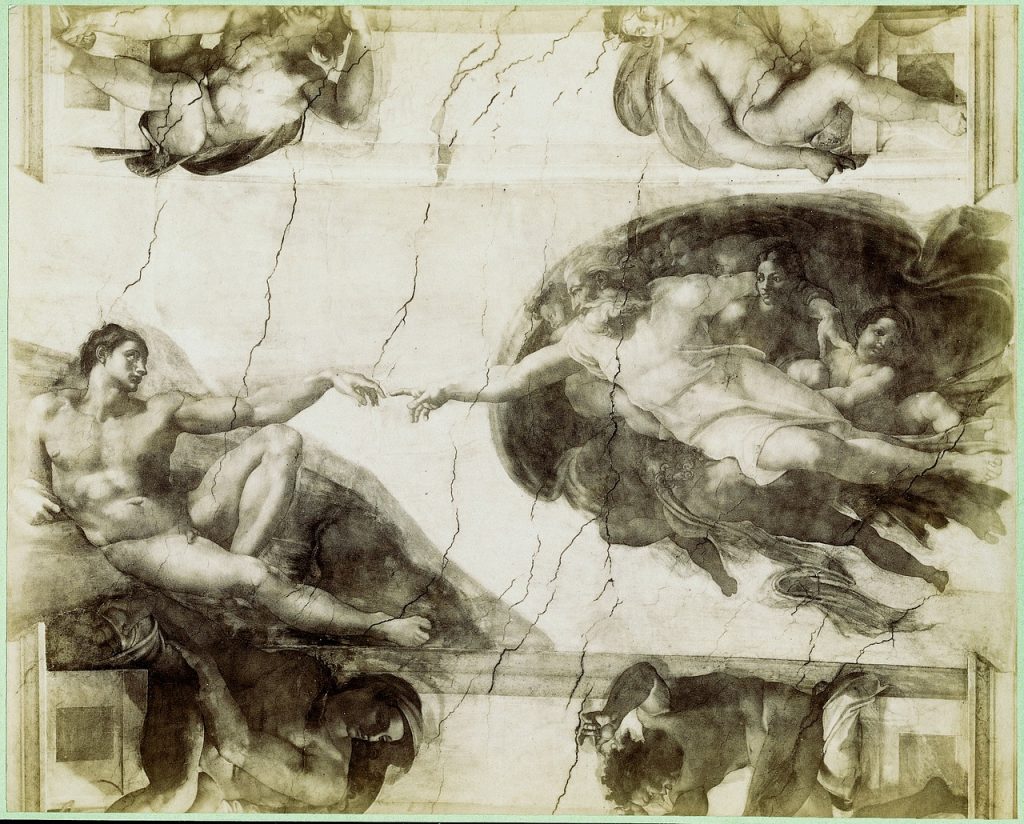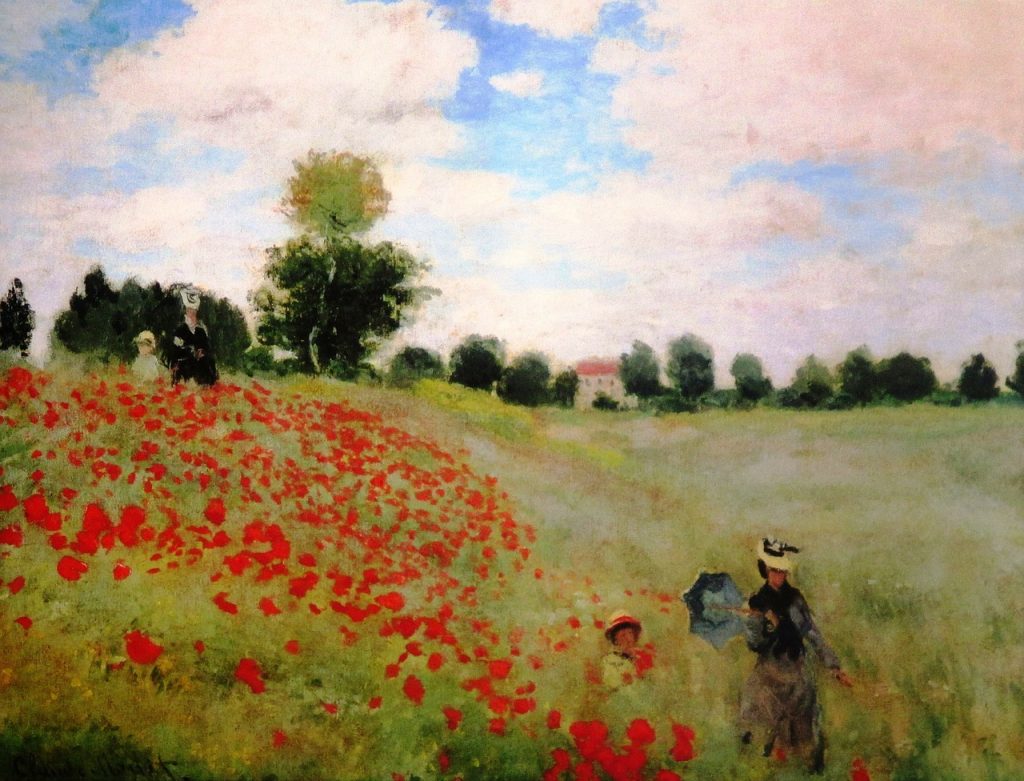Fine Artistry is defined as, “something created for aesthetic or intellectual value rather than utilitarian or practical purpose.” Basically, fine art allows the creative imagination of an artist to run free through stains on a blank canvas.
Fine Art may bring forward a critique on the societal mores. Sparking up a dialogue about a universal feeling or emotion and express it in a beautiful way. The idea of art for the sake of it started to bloom in the late 19th century. It’s been in the art scene since.
History has given us a lot of fine artists whose artistic intellect as well as techniques are completely unfettered. So, let’s learn more about fine artistry and these artists which revolutionized it.
What does Fine Art Include?
Fine Art is a wide spectrum that includes beautiful compositions of all types. It’s often confused with crafts and the applied arts, both of which are carved for practical purposes. Mostly, fine arts include drawing, painting, sculpting, and printmaking which include engravings and woodcuts.
Fine art, as a term, is extremely flexible. Through eons has included a lot of other arts under its umbrella. It has grown to encompass visual arts like photography, 2D or 3D animation, calligraphy, and even architecture. This is why it’s difficult to define the term now.
But, today we’ll be focusing on the painting and sculpture included in fine artistry. Discovering the pioneers that molded fine art.
Michelangelo
Michelangelo is crowned the most brilliant sculptor and artist of all of history. He earned this crown as he studied the human anatomy meticulously. He remains a known name for his Italian Renaissance works as well as the Sistine Chapel frescoes.
His sculptures like David, Pietà, and Bacchus look like living humans are laden in white paint; such is the mastery of this artist. His extensive knowledge of anatomy is evidently visible with the way David’s muscles epitomize immense strength in him. His posture was carved in a way that it seems to be swaying with movement running throughout David’s body. This giant 17-foot statue with David wielding his lethal sling slot still stands tall in Florence, singing praises of Michelangelo.

When it comes to painting, Michelangelo left no stone unturned in portraying his brilliance through painted patches on a canvas. Creation of Adam is his most famous painting which is divine in every sense of the word. The diagonal composition is perfectly symmetrical and speaks volumes of Michelangelo’s craftsmanship, symbolizing rebirth, new life, wisdom, and power. The Last Judgement is another one of his legendary works. Which now wraps an entire wall of the Sistine Chapel, an example of his grandeur.
Pablo Picasso
Pablo Picasso is a name synonymous with artistic brilliance and avant-garde art. He was of Spanish origin and was a painter, sculptor, printmaker, and more. He went to art school in Spain. Where they filled his head with as many artistic techniques as humanly possible. And he splurged it all over in his artworks.
Picasso is well known for his sculptures. Such as; The Jester, Head of a Woman, Glass of Absinthe, etc. Many of which hang in museums now. His famous Man with a Lamb is a worldwide symbol of humanism now and sits in Vallauris. He invented a technique of assemblage. This encompassed collecting waste materials like wheels, shoes, baskets, doors, etc, and casting it into sculptures with bronze.
Guernica is considered a politically-loaded painting. This painting came to be known as one of the most radical compositions of all time. A great sign of his activism. It depicts the frenzy and spoils of war as well as the distress of the commoners, particularly innocent civilians. It is the huge anti-war symbol that reminds one of the losses of life and property during war. Hence, propagating peace. Less Demoiselles d’Avignon, inspired by African Art is another avant-garde masterpiece that portrays eroticism but in subtle, geometrical shapes.
Claude Monet

Monet is the father of Impressionism for many. His French origin added to the grandeur of his paintings. As an artist, he never copied or plagiarized works, as many of his contemporaries did. Instead, charted his own course which is why he’s a pioneer in art today. He sat around a window and captured the gorgeous scene-scapes in Paris. He became popular for his impressionist paintings after which many artists followed course.
What many people don’t know is he was also a botanist. Courtesy of which are his beautiful capturing of shrubbery, gardens, and flowers. Pathway in Monet’s Garden at Giverny, is a much-lauded composition of Monet. Featuring his world-famous garden and purple flowers, both depicting his fondness for botany and his deep study of it. It’s said that Monet perfected his irises over hundreds of times. Getting it to this level of excellence.
The Bottom Line
Fine Artistry is when an artist explicitly pours his rawest emotions and feelings into a painting, that conveys a social commentary, of sorts. Artists like Picasso and Michelangelo have hummed stories through their avant-garde and aesthetic artworks which shaped the term fine art. But, through the years, this definition has broadened its boundaries to be more inclusive of other forms of art. You can view here https://www.1st-art-gallery.com.
This post is a collaboration and may contain relevant, relatable affiliate links. All opinions are our own and for informational purposes only.

